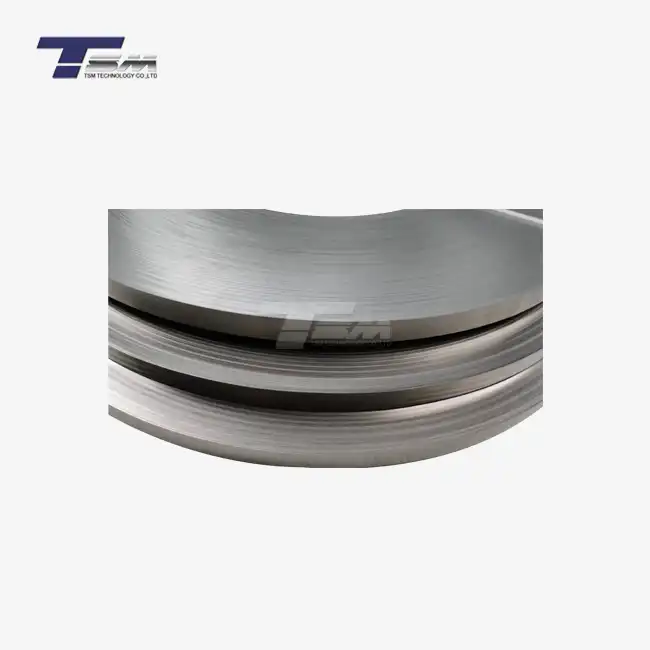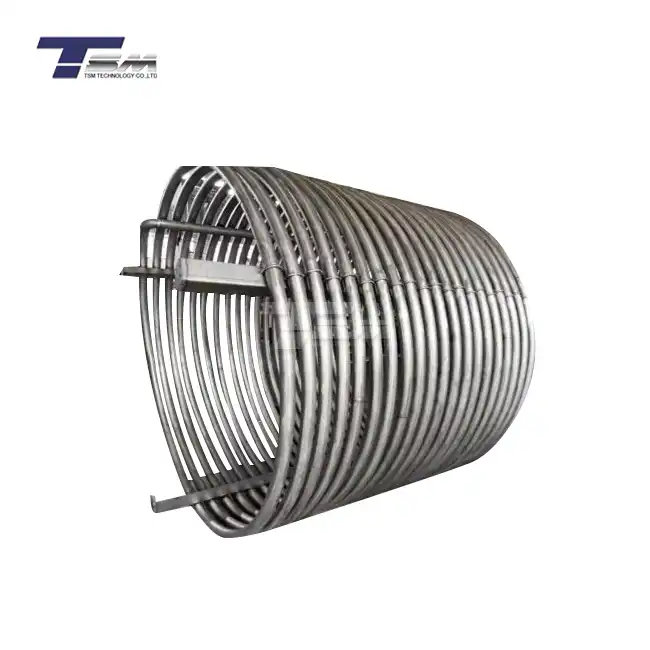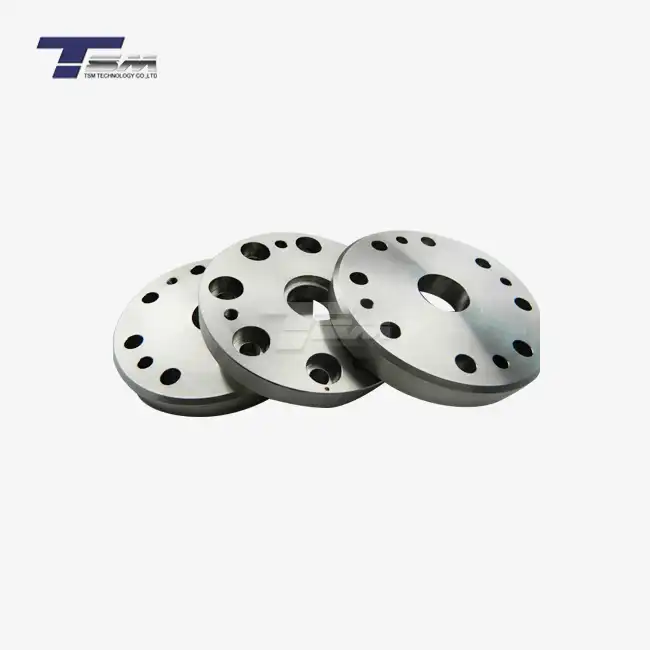- English
- French
- German
- Portuguese
- Spanish
- Russian
- Japanese
- Korean
- Arabic
- Greek
- German
- Turkish
- Italian
- Danish
- Romanian
- Indonesian
- Czech
- Afrikaans
- Swedish
- Polish
- Basque
- Catalan
- Esperanto
- Hindi
- Lao
- Albanian
- Amharic
- Armenian
- Azerbaijani
- Belarusian
- Bengali
- Bosnian
- Bulgarian
- Cebuano
- Chichewa
- Corsican
- Croatian
- Dutch
- Estonian
- Filipino
- Finnish
- Frisian
- Galician
- Georgian
- Gujarati
- Haitian
- Hausa
- Hawaiian
- Hebrew
- Hmong
- Hungarian
- Icelandic
- Igbo
- Javanese
- Kannada
- Kazakh
- Khmer
- Kurdish
- Kyrgyz
- Latin
- Latvian
- Lithuanian
- Luxembou..
- Macedonian
- Malagasy
- Malay
- Malayalam
- Maltese
- Maori
- Marathi
- Mongolian
- Burmese
- Nepali
- Norwegian
- Pashto
- Persian
- Punjabi
- Serbian
- Sesotho
- Sinhala
- Slovak
- Slovenian
- Somali
- Samoan
- Scots Gaelic
- Shona
- Sindhi
- Sundanese
- Swahili
- Tajik
- Tamil
- Telugu
- Thai
- Ukrainian
- Urdu
- Uzbek
- Vietnamese
- Welsh
- Xhosa
- Yiddish
- Yoruba
- Zulu
What is the Difference Between Nickel Alloy Sheet and Stainless Steel?
Nickel alloy sheets and stainless steel are both renowned for their corrosion resistance and durability, but they possess distinct characteristics that set them apart. Nickel alloy sheets, particularly nickel 200 sheet, offer superior resistance to high-temperature oxidation and stress-corrosion cracking. They excel in extreme environments where stainless steel may falter. Stainless steel, while more cost-effective, provides excellent corrosion resistance in less demanding conditions. The choice between these materials depends on specific application requirements, with nickel alloys often preferred in aerospace, chemical processing, and marine applications where performance under harsh conditions is paramount.
Composition and Properties: Understanding the Fundamental Differences
Chemical Makeup: The Core of Distinction
The primary difference between nickel alloy sheets and stainless steel lies in their chemical composition. Nickel alloys, such as the nickel 200 sheet, contain a high percentage of nickel, often exceeding 50%. This high nickel content contributes to their exceptional corrosion resistance and ability to maintain structural integrity at extreme temperatures. On the other hand, stainless steel typically contains a minimum of 10.5% chromium, which forms a protective oxide layer on the surface, providing its characteristic corrosion resistance.

Mechanical Properties: Strength Under Pressure
Nickel alloy sheets generally exhibit superior strength and ductility at high temperatures compared to stainless steel. This makes them ideal for applications involving thermal cycling or constant exposure to elevated temperatures. The nickel 200 sheet, for instance, maintains its mechanical properties even at temperatures where many stainless steel grades begin to lose strength. Stainless steel, while strong and durable, may not perform as well under extreme heat or in highly corrosive environments.
Corrosion Resistance: Battle Against the Elements
While both materials offer excellent corrosion resistance, nickel alloy sheets often surpass stainless steel in aggressive environments. Nickel alloys demonstrate remarkable resistance to various forms of corrosion, including pitting, crevice corrosion, and stress corrosion cracking. They perform exceptionally well in acidic and alkaline solutions, making them suitable for chemical processing applications. Stainless steel, although resistant to many corrosive media, may be susceptible to certain types of corrosion in highly aggressive environments or at elevated temperatures.
Applications and Industries: Where Each Material Shines
Aerospace and Defense: Pushing the Limits
The aerospace industry heavily relies on nickel alloy sheets due to their ability to withstand high temperatures and resist corrosion. These materials are crucial in jet engine components, exhaust systems, and other high-stress areas of aircraft. The nickel 200 sheet, known for its excellent thermal conductivity and resistance to oxidation, finds applications in heat exchangers and combustion chambers. Stainless steel, while used in aircraft construction, is more commonly found in less demanding areas or in components that do not experience extreme temperatures.
Chemical Processing: Battling Corrosive Environments
In the chemical processing industry, nickel alloy sheets are often the material of choice for reactors, heat exchangers, and piping systems. Their superior resistance to various chemicals and ability to maintain integrity in high-temperature, high-pressure environments make them indispensable. Stainless steel also plays a significant role in this industry, particularly in less aggressive environments or where cost considerations are paramount. However, for the most demanding applications, nickel alloys, including specialized grades like Hastelloy or Inconel, are preferred.
Marine Applications: Conquering the Seas
The marine environment presents unique challenges due to constant exposure to saltwater and varying temperatures. Nickel alloy sheets excel in this domain, offering superior resistance to seawater corrosion and marine biofouling. They are commonly used in offshore oil and gas platforms, desalination plants, and submarine components. While certain grades of stainless steel, particularly the higher-nickel content duplex stainless steels, perform well in marine environments, they may not match the longevity and performance of dedicated nickel alloys in the most demanding marine applications.
Cost Considerations and Long-Term Value: Making the Right Choice
Initial Investment vs. Lifecycle Costs
When comparing nickel alloy sheets to stainless steel, the initial cost is often a significant factor. Nickel alloys, including the nickel 200 sheet, generally come with a higher price tag due to their complex composition and manufacturing process. Stainless steel, being more widely produced and available, tends to be more cost-effective upfront. However, it's crucial to consider the long-term value and lifecycle costs. The superior durability and corrosion resistance of nickel alloys can lead to reduced maintenance, fewer replacements, and extended service life, potentially offsetting the higher initial investment in demanding applications.
Performance in Extreme Conditions: Justifying the Premium
In environments where failure is not an option, the performance advantages of nickel alloy sheets often justify their premium price. Industries dealing with high temperatures, corrosive chemicals, or extreme pressures find that the reliability and longevity of nickel alloys translate to improved safety, reduced downtime, and lower overall operational costs. While stainless steel remains an excellent choice for many applications, it may require more frequent replacement or maintenance in harsh conditions, potentially increasing long-term expenses.
Tailoring Material Selection to Application Needs
The choice between nickel alloy sheets and stainless steel ultimately depends on the specific requirements of the application. A thorough analysis of factors such as operating temperature, chemical exposure, mechanical stress, and expected service life is essential for making an informed decision. In some cases, a hybrid approach using both materials in different parts of a system can provide the optimal balance of performance and cost-effectiveness. Consulting with materials experts and conducting comprehensive cost-benefit analyses can help in selecting the most appropriate material for each unique application.
Conclusion
The choice between nickel alloy sheets and stainless steel hinges on balancing performance requirements with economic considerations. Nickel alloys, including the versatile nickel 200 sheet, offer unparalleled resistance to extreme conditions, making them indispensable in aerospace, chemical processing, and marine applications. Stainless steel provides excellent corrosion resistance and strength at a more accessible price point, suitable for less demanding environments. Understanding the unique properties and applications of each material is crucial for making informed decisions that optimize performance, longevity, and cost-effectiveness in engineering projects.
Contact Us
For more information about our superior nickel alloy products, including nickel 200 sheet and other specialized alloys, please contact us at info@tsm-technology.com. Our team of experts is ready to help you find the perfect material solution for your specific needs.
References
Davis, J.R. (Ed.). (2000). Nickel, Cobalt, and Their Alloys. ASM International.
Gedge, G. (2008). Structural uses of stainless steel - buildings and civil engineering. Journal of Constructional Steel Research, 64(11), 1194-1198.
Rao, G.A., Kumar, M., Srinivas, M., & Sarma, D.S. (2003). Effect of standard heat treatment on the microstructure and mechanical properties of hot isostatically pressed superalloy Inconel 718. Materials Science and Engineering: A, 355(1-2), 114-125.
Revie, R.W., & Uhlig, H.H. (2008). Corrosion and corrosion control: an introduction to corrosion science and engineering. John Wiley & Sons.
Sharman, A.R.C., Hughes, J.I., & Ridgway, K. (2006). An analysis of the residual stresses generated in Inconel 718™ when turning. Journal of Materials Processing Technology, 173(3), 359-367.
Tijen, T., & Kurtulus, O. (2016). Durability of stainless steel reinforced concrete. Procedia Engineering, 171, 27-34.
Learn about our latest products and discounts through SMS or email



